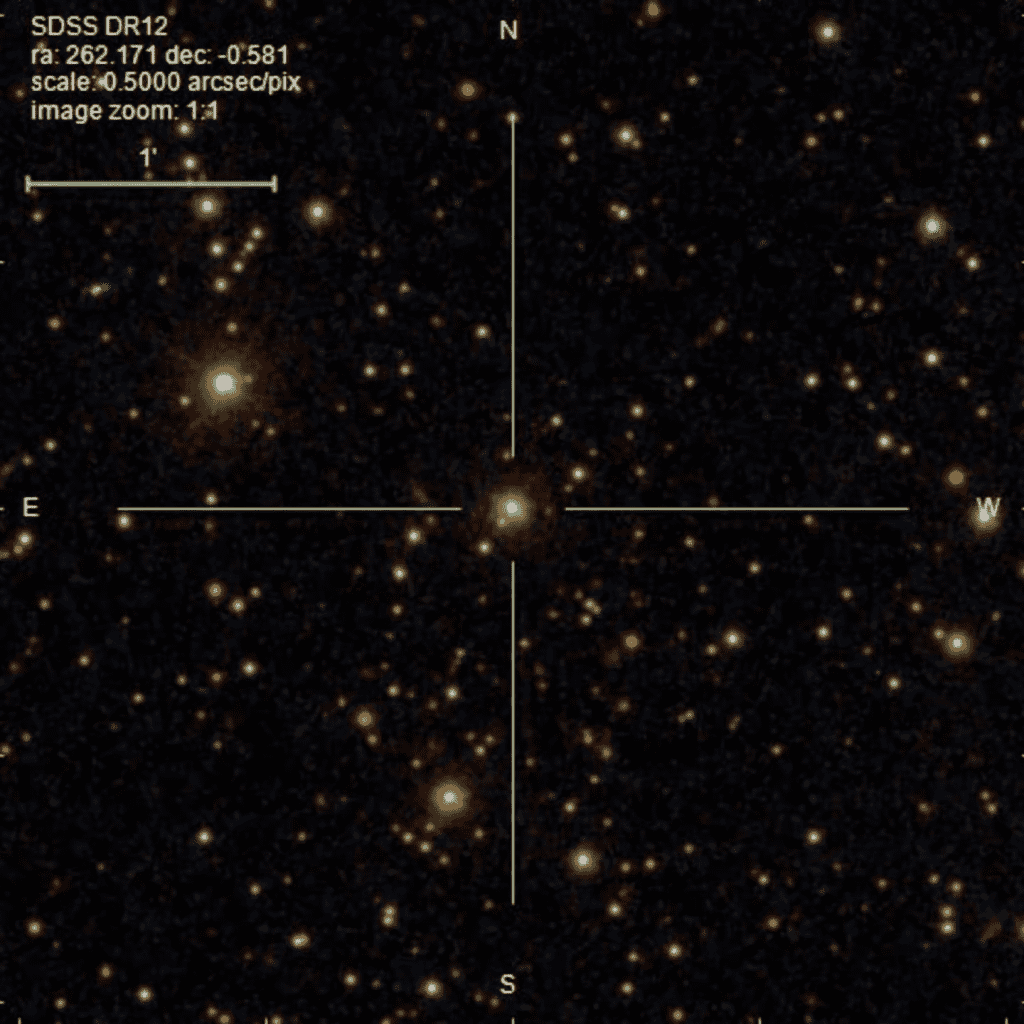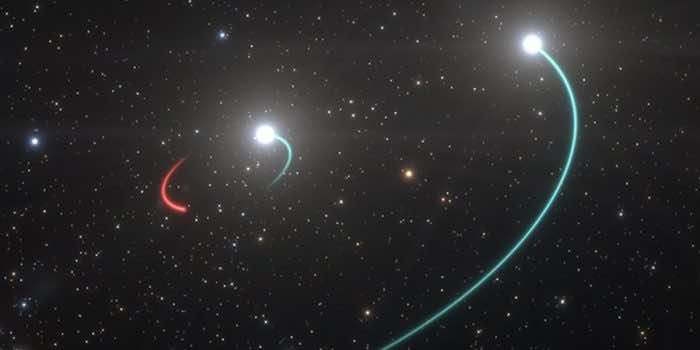A “monster black hole” having a mass equivalent to that of 12 suns has been discovered recently by astronomers, and as per official reports, this is the closest black hole found to be present in the Earth’s vicinity. But there’s nothing much to worry about because this black hole is located around 1,550 light years away from Earth, but again, that’s the first one of the closest black holes ever located. Also, it’s very difficult for astronomers to locate black holes in deep black space and they usually struggle with this type of research, but this time, they have unexpectedly found the closest black hole in proximity to Earth. The findings of the research have been published in the “Astrophysical Journal”.

Coupled with this, the team, while investigating the data of around 200,000 binary star systems, went to great lengths with the sole purpose of locating those stars which are orbiting around massive but unknown black bodies. It should be noted that the research has been conducted under the “scanning Gaia mission”. Hence, to detect this phenomenon, researchers have deployed the use of the Keck Observatory in Hawaii and the Giant Magellan Telescope in Chile, along with other capable instruments. They were constantly measuring the light spectrum of stars and observing any changes to the star’s light because black holes tend to change the spectrum of the star’s light which is orbiting around it through their immense gravitational pull.

And in doing so, they came across a visible sun-like star that depicts such characteristics and has a mass a little bit less than the sun. It came out that the star completes its orbit “once every 185 days”. Therefore, Dr. Sukanya Chakrabarti, who is the lead author of the study, said, “We searched for objects that were reported to have large companion masses but whose brightness could be attributed to a single visible star. Thus, you have a good reason to think that the companion is dark. “

To that end, Dr. Chakrabarti, added, “The pull of the black hole on the visible sun-like star can be determined from these spectroscopic measurements, which give us a line-of-sight velocity due to a Doppler shift. By analysing the line-of-sight velocities of the visible star – and this visible star is akin to our own Sun – we can infer how massive the black hole companion is, as well as the period of rotation, and how eccentric the orbit is. These spectroscopic measurements independently confirmed the Gaia solution that also indicated that this binary system is composed of a visible star that is orbiting a very massive object. “


